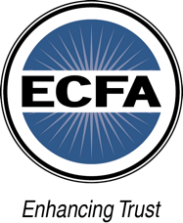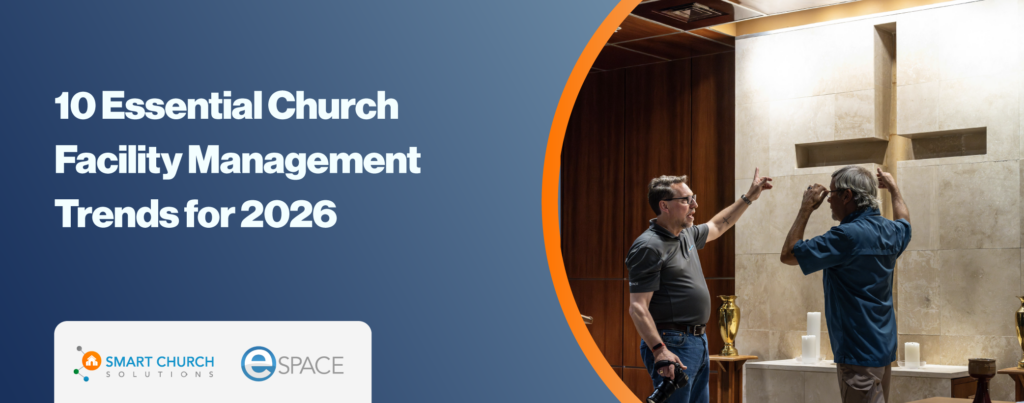A church annual report is one key tool you can use to communicate with and keep your congregation engaged and inspired. When your church leadership communicates major accomplishments, financial blessings, and community impact, it’s amazing how much you can encourage your members to continue their efforts and “not grow weary in doing good” (Gal. 6:9).
Just like any tool, an annual report can be used incorrectly. Sadly, it’s easy to create a report that is counterproductive. Many annual reports are too wordy, lack stories, or are written in an overly formal style, causing readers to lose interest. Others leave it up to readers to interpret financial data or assume readers will automatically understand how the listed activities helped you achieve your mission, making it difficult to understand. These things have the potential to confuse, frustrate, or discourage your audience rather than help them understand their part in your church’s Kingdom work.
To ensure you are giving your members useful and uplifting information instead, use these five key elements in your annual report.
1. Start with the Mission and Vision of the Church.
The annual report should clearly state your mission, vision and strategic plan. The church’s mission is what you do, who you do it for, and how you are doing it or will do it. The church’s vision is its “North Star” for the future. The strategic plan is the church’s 1-3-year goals including action steps and resources needed to accomplish these goals.
2. Focus on Accomplishments and Celebrate!
Be sure to include a section where you celebrate what the church has accomplished in the past year. Communicate the results and the impact of these accomplishments. The audience should understand why the church spent time and money the way it did and the difference that made in individual lives, the community, and the world.
Highlight gospel and mission-related wins more than fundraising goals that were met. This will take the focus off money and put it more on the work itself. Where possible, humanize statistics with personal profiles and include photos that illustrate work that was done.
If you decide to include financial statements, consider using abbreviated financial statements with links to full financial statements. This will give your audience a snapshot of the statements without overwhelming them, and it will allow your more detail-oriented members to dive deeper if they wish. To help people understand the financial information you do share, consider using a dashboard reporting style with charts and graphs where appropriate. Focus on communicating where your money came from and how it was spent.
3. Share the Strategic Plan.
The strategic plan should reflect a comprehensive assessment of the church’s strengths and limitations and provide clear priorities for the next 1-3 years. All this should tie back to the mission and vision of the church. If there are ministry challenges and opportunities as the church moves forward with the strategic plan, share these with the readers in the context of the church’s mission.
4. Tell the Reader How Your Church Demonstrates Integrity.
It is important to communicate the church’s integrity in matters of governance, financial management, and resources. This can be done by introducing your elders or governing board members, explaining the process used to select them, and emphasizing that this governing body is primarily composed of independent individuals. You may also want to highlight how the church appropriately spent donor-restricted funds during the year. Since transparency and accountability are so important to creating and deepening trust with givers, consider accreditation by a trusted third party like ECFA (ECFA.org/Join) to assure your members that you are committed to financial integrity.
5. Include a Call to Action.
This is the part of the annual report where you can challenge your congregation to move out of their comfort zone and take the next step in their involvement with the church and its mission. Take the opportunity to call on your members for prayer support as the church moves forward in the new year. You may also want to include action steps as to how a member can find their spiritual gifts and begin exercising them within the church. And finally, make sure the reader knows how to make monetary and non-monetary donations to the church. If you offer planned giving options, this is a great place to highlight them with a link to who can assist members with these types of gifts.
An annual report can be a powerful tool that increases transparency, deepens trust with your congregation, and encourages your members to become more involved in the church’s mission. By following the guidelines in this article, you can create an exceptional annual report that tells the story of your church in a clear and compelling way.
If this has been a helpful resource for you, please check out ECFA.org to find out how we can help you with accreditation and additional tools to maintain a trusted reputation as you focus on reaching the world for Christ.








